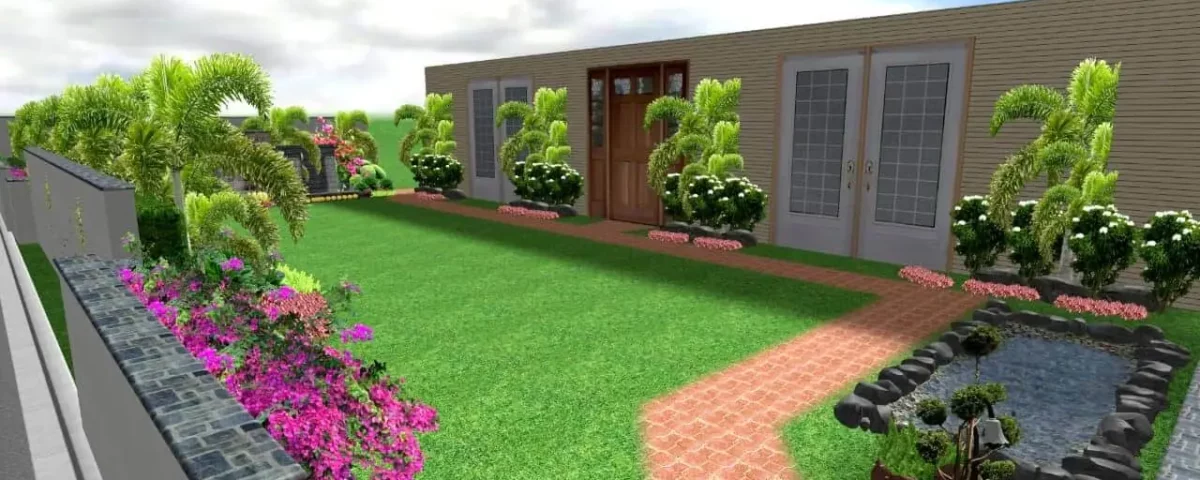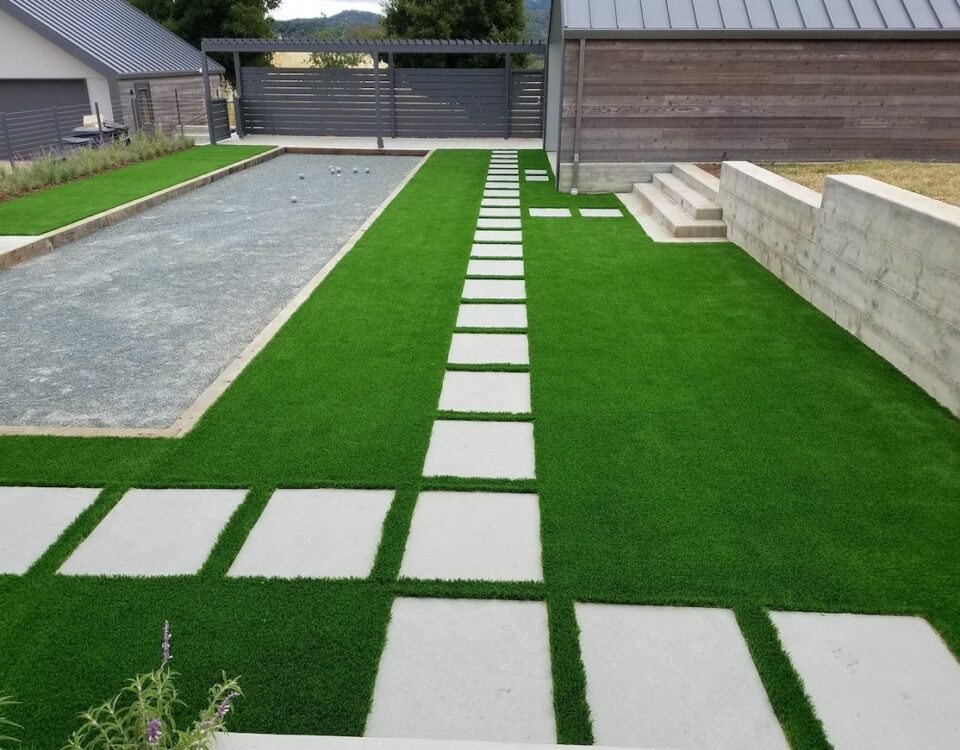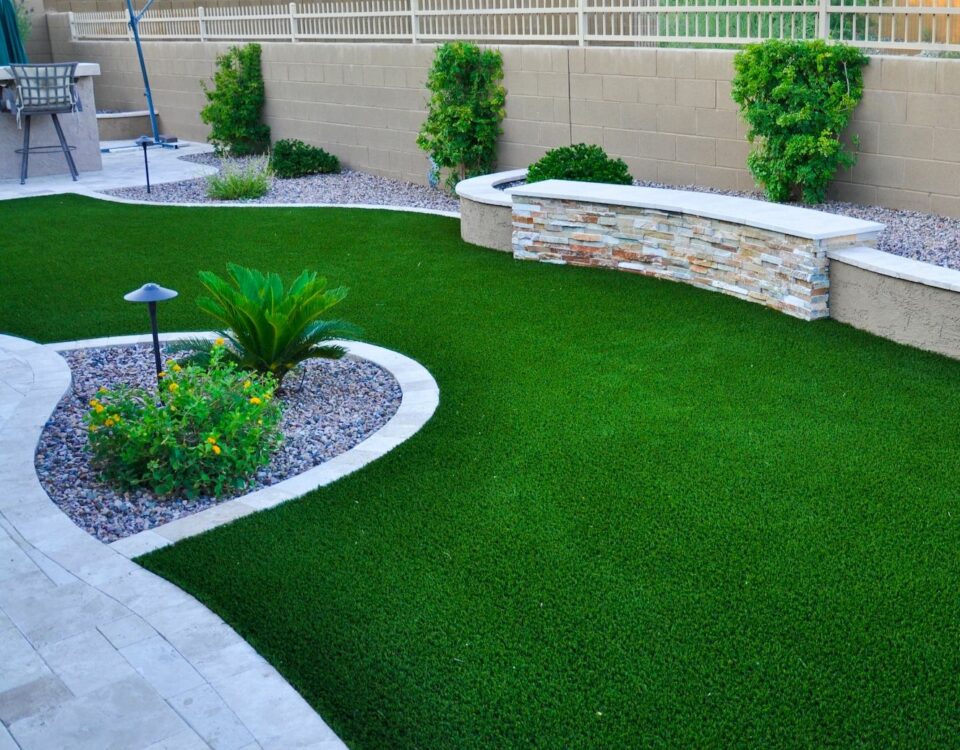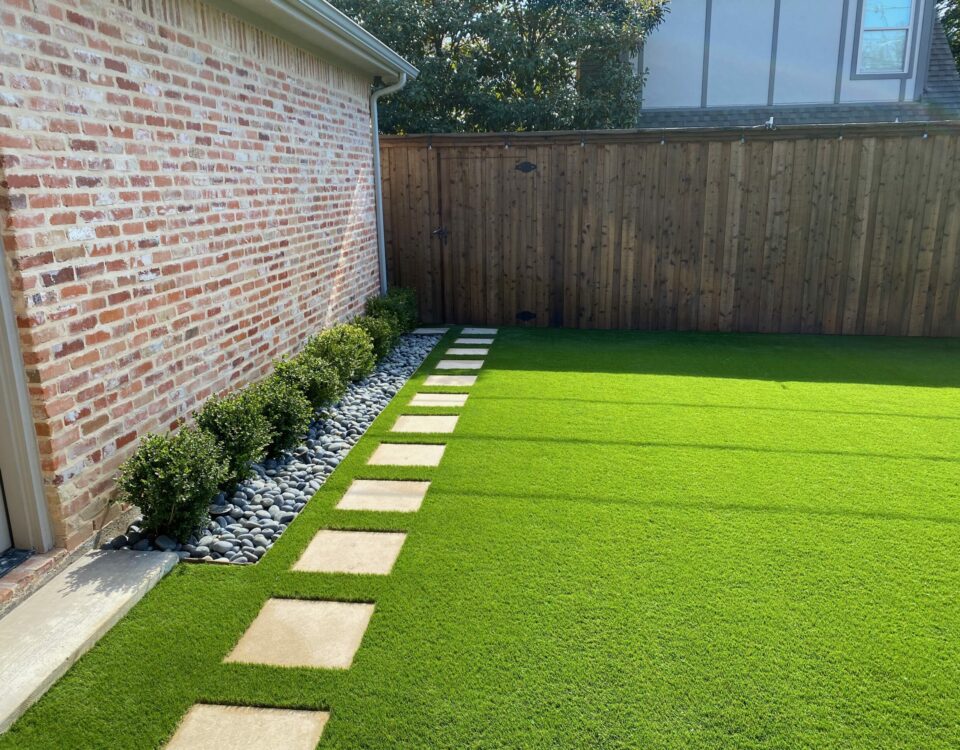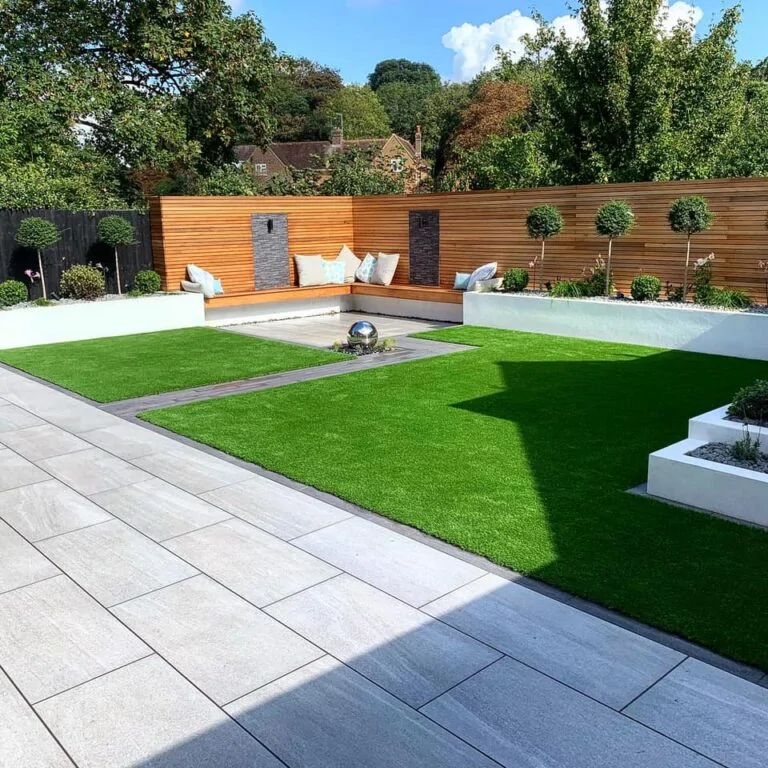
Landscaping For Small Spaces: Maximizing Beauty in Limited Areas
May 23, 2021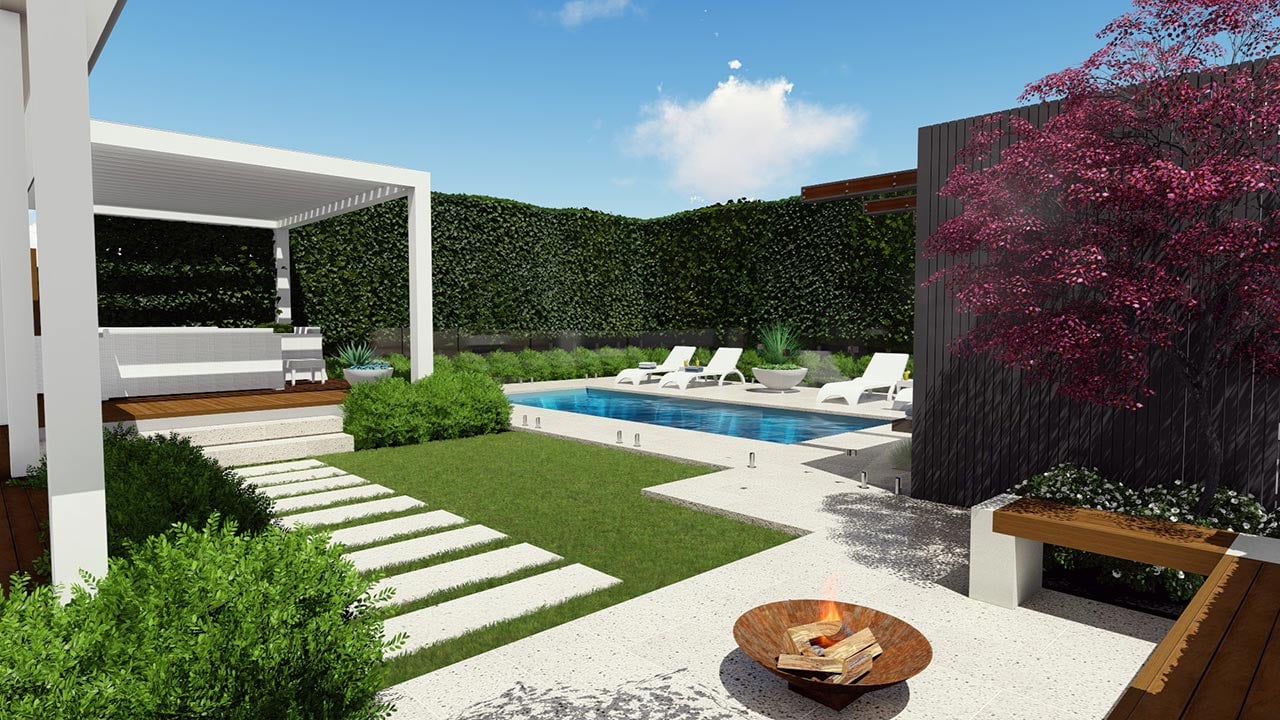
Transforming Outdoor Spaces: The Art of Landscape Design
May 23, 2021Creating a beautiful landscape requires more than just planting pretty flowers and trees. It involves a lot of planning, considerations and adherence to certain principles that help guide the design process. Keeping these five fundamental design elements in mind can help you create an intentional and stunning garden.
Scale or Proportion
This refers to the size of individual plants, structures and features in relation to each other. Proper scale is important for establishing harmony and balance within the landscape. For example, a small tree shouldn’t be placed next to a large wall. Instead, a gradual transition should occur so that the size of each element fits its surroundings.
Form is another important design principle that refers to the shape of structures and groundcovers. It is important to consider how each plant will grow in order to ensure that the final result will be pleasing. Plants with easily identifiable shapes, such as cones and berries, are great for creating a distinctive and unique look. It is also a good idea to use repetition of a specific form throughout the landscape, as this can tie the different components together and make it feel more cohesive.
Texture is an often overlooked element of landscape design, but it plays a vital role in establishing cohesion and unity. The coarseness or fineness of a leaf, the texture on a bark and even the heaviness of a shrub’s foliage can play a big part in how a landscape looks. Texture can also be used as a way to add variety and contrast in the landscape by using a variety of textures that are paired with one another.
Lines are both real and imaginary, and they play a big part in the overall movement of the eye through the landscape. They can be created vertically, horizontally or curvilinearly, and they can be emphasized by grouping plants according to their habit or by using lines in the form of paths and walkways. It is also a good idea to incorporate contrasting forms of line in the garden, as this will help keep the design from feeling too monotonous or busy.
Color is a very powerful design tool that can have a very emotional impact on people. It is a great way to establish a mood and tone, whether it be warm and inviting or cool and calming. Color can also be used to create a sense of space and dimension, as warm colors tend to make objects appear larger and closer while cooler colors make things look smaller and farther away.
It is important to consider all of these principles when putting together your landscape design, as they can greatly impact how it will ultimately turn out. It is essential to plan ahead and take the time to understand your property, taking measurements and mapping out permanent structures such as fences, sheds, patios and sidewalks. It is also a good idea start with a rough sketch to get an understanding of the layout and dimensions of your yard, so that you can begin the design process.
Transforming Outdoor Spaces: The Art of Landscape Design
Landscaping For Small Spaces: Maximizing Beauty in Limited Areas

